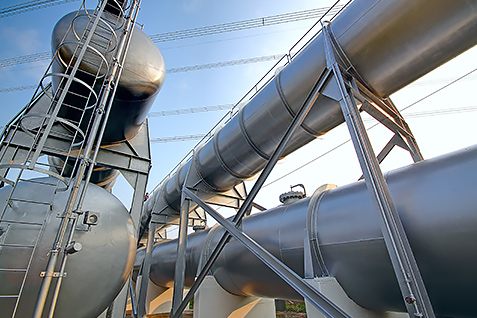Development of a targeted business process model

Problem statement
The customer owns a warehouse and transport infrastructure (either let on lease or outsourced). The storage areas are equipped with rail, road and river access ways.

- Absence of typical process technologies
- Excess of machinery and storage equipment; consequently, higher storage and handling costs for commodities and materials
- Problematic arrangement and storage of commodities and materials
- Excessive staff size, assignment of warehouse personnel to storage locations
- Paper inventory records at warehouses; inability to ensure the due accuracy and promptness of warehousing operations
- Low percentage of JIT deliveries of commodities and materials
- Availability of undocumented rejects, unmarketable commodities and materials at warehouses
- Low turnover of commodities and materials at warehouses
- Manual drawing-up of reports in terms of various aspects, problematic online delivery of analysis reports
- Lack of a staff motivation and control system

Project objectives
- Reengineering of business processes related to warehouse logistics
- Calculation of the optimal staff size, machinery, warehouse equipment, layout of optimal storage areas
- Standardization of storage handling technologies and the warehouse topology
- Development of a commissioning strategy for new storage facilities
Stage 1: AS IS – review of current warehouse management processes on site (at the customer’s storage facilities)
|
Stage 2: TO BE – development of the Warehouse Management business model
|
Results
- development of a targeted business model for warehouse management processes;
- operational requirements for the warehouse management system (WMS) including the necessary WMS operations per each process type per each commodity group
- successful development of a new warehouse start-up strategy
Implementation period: 6 months